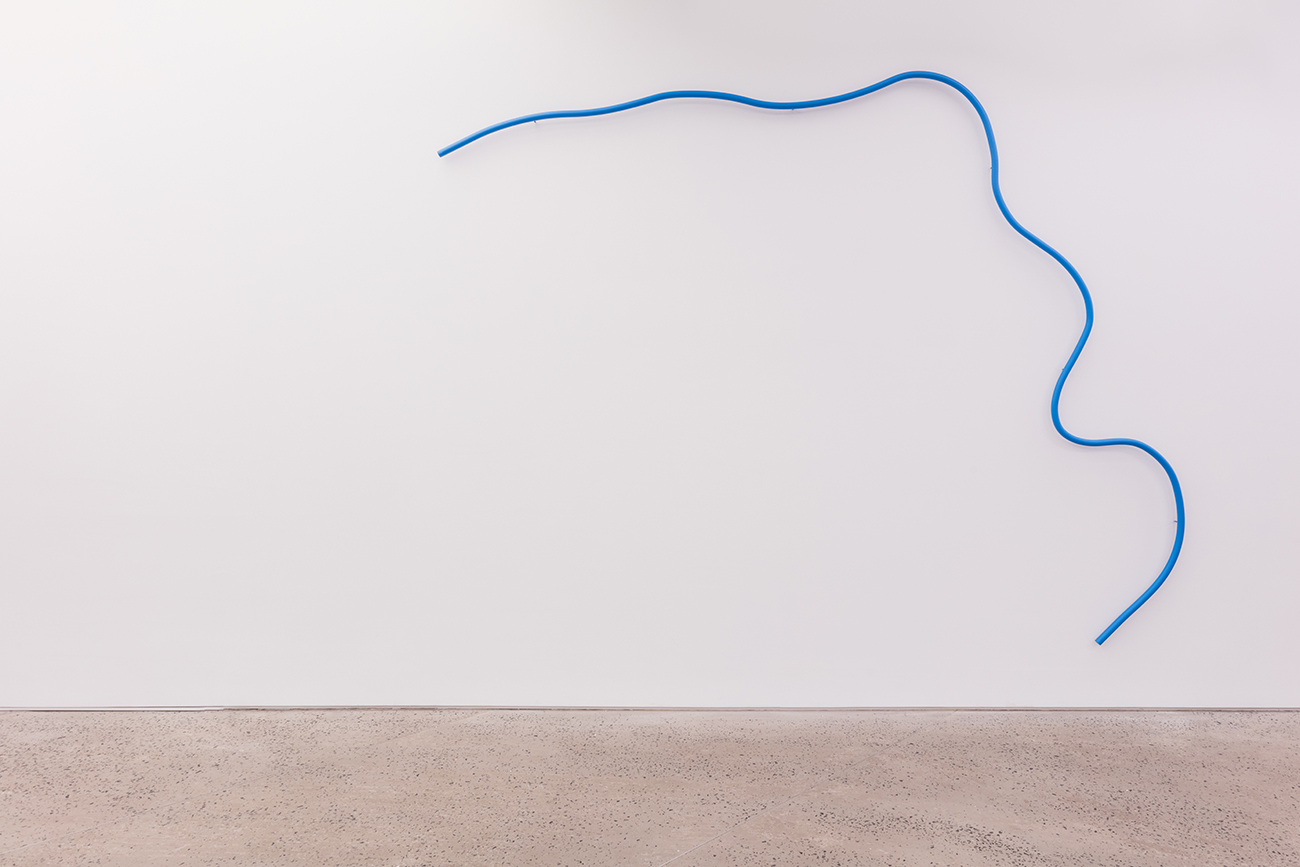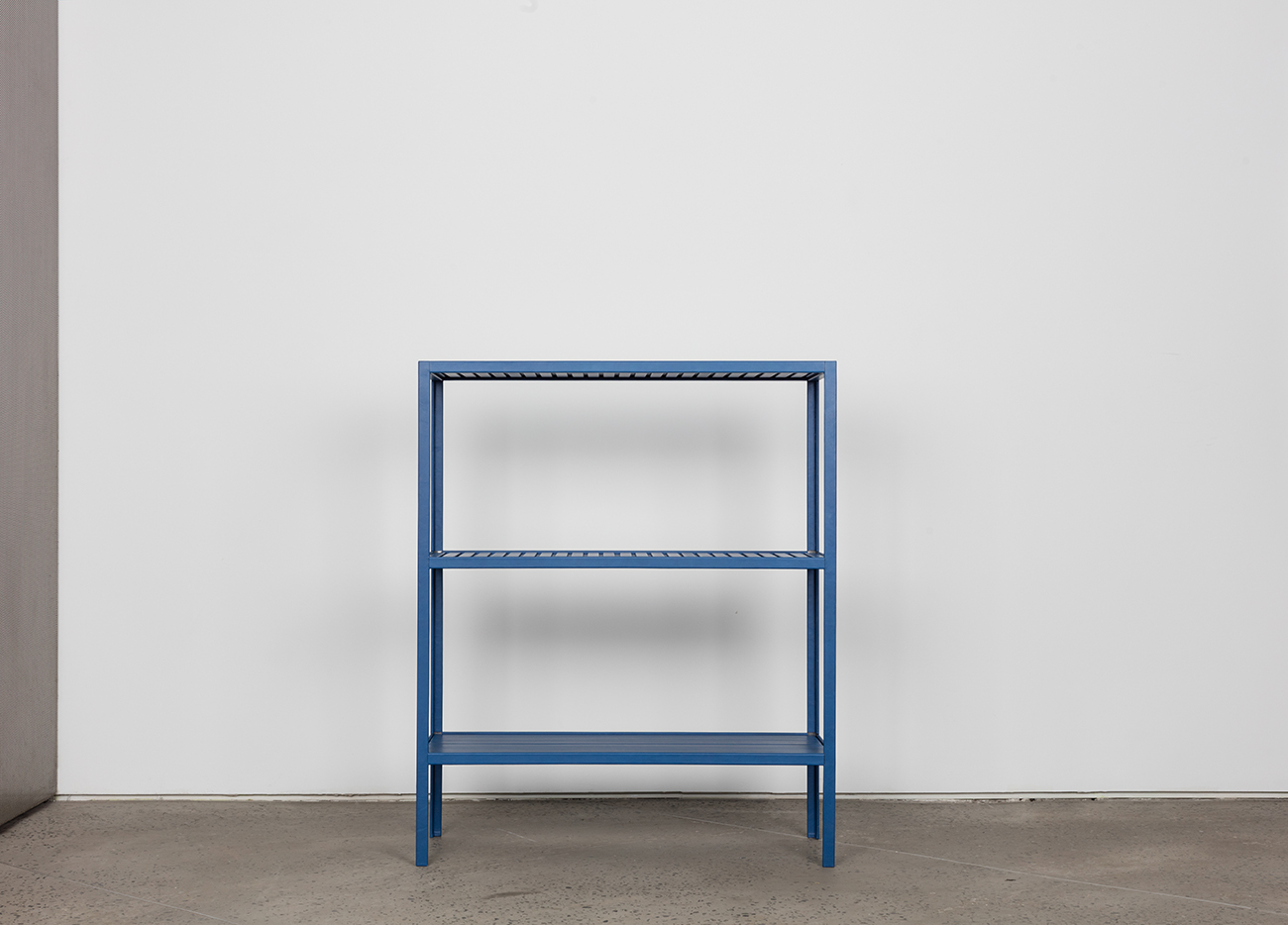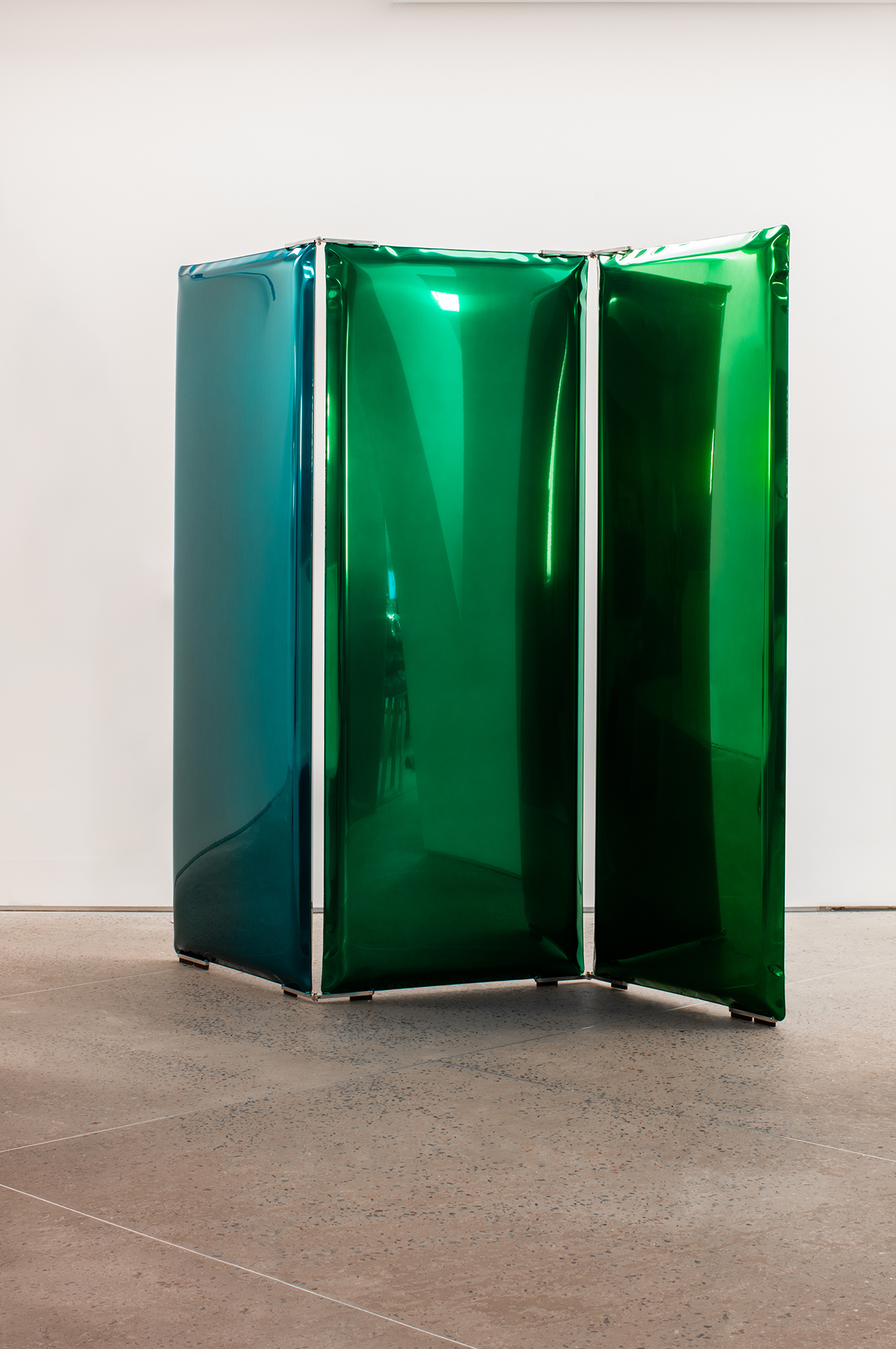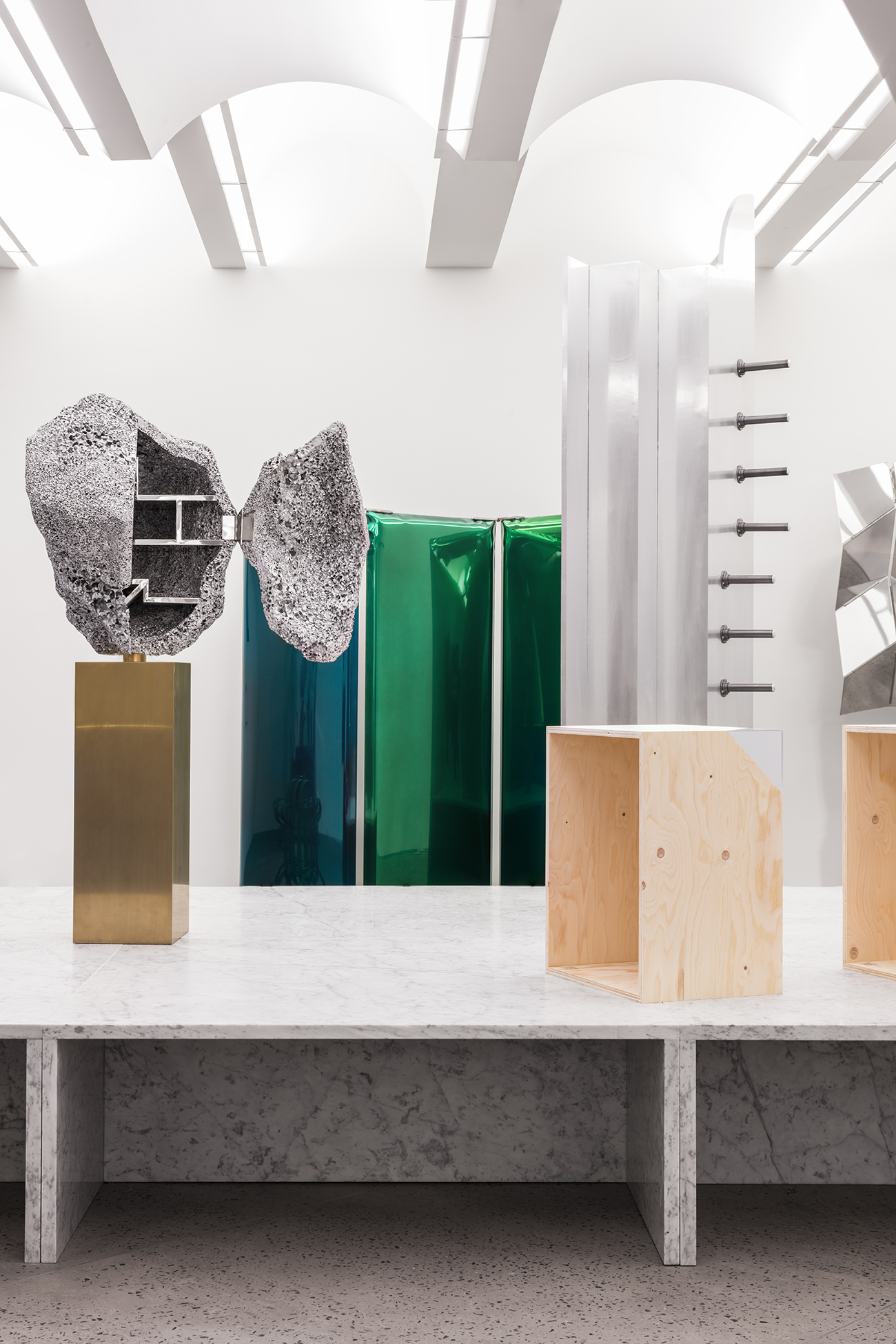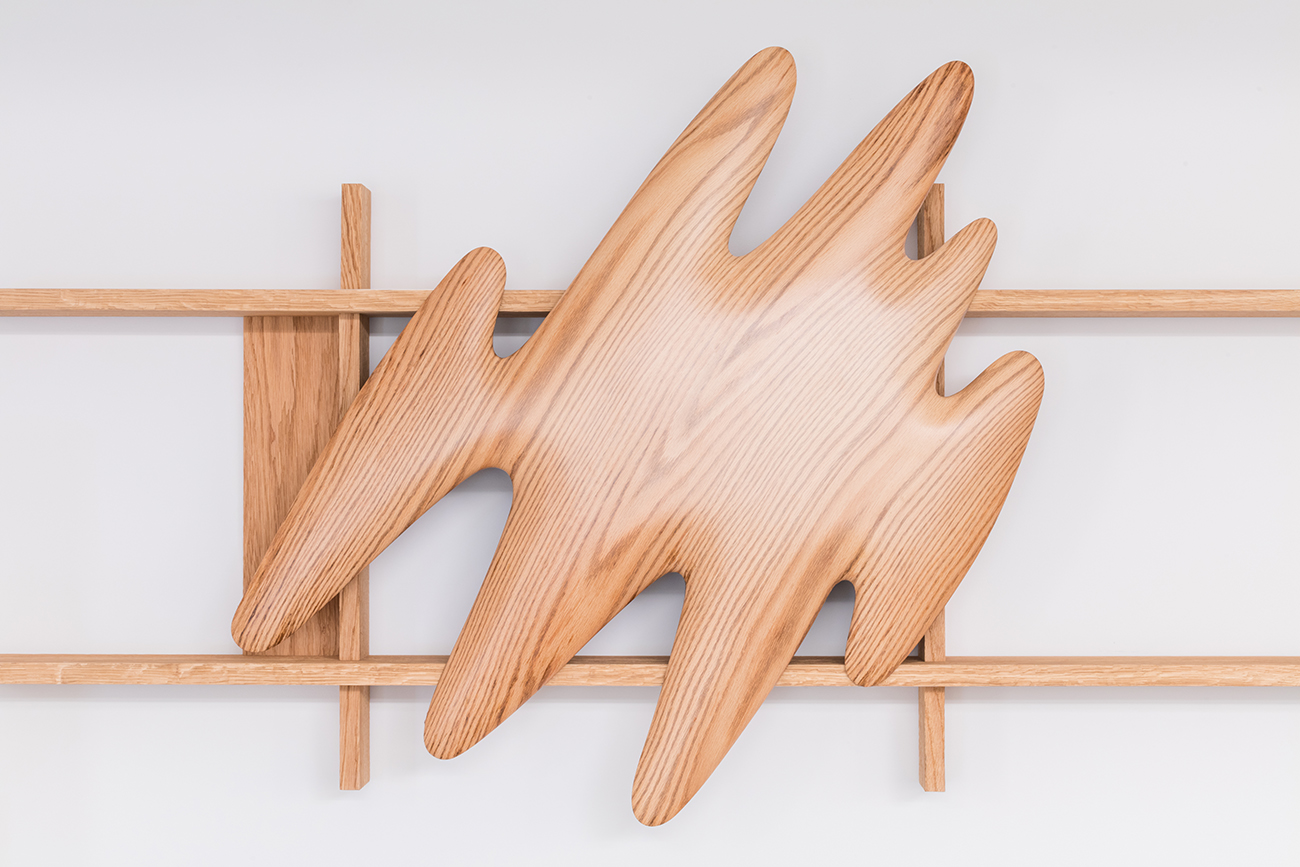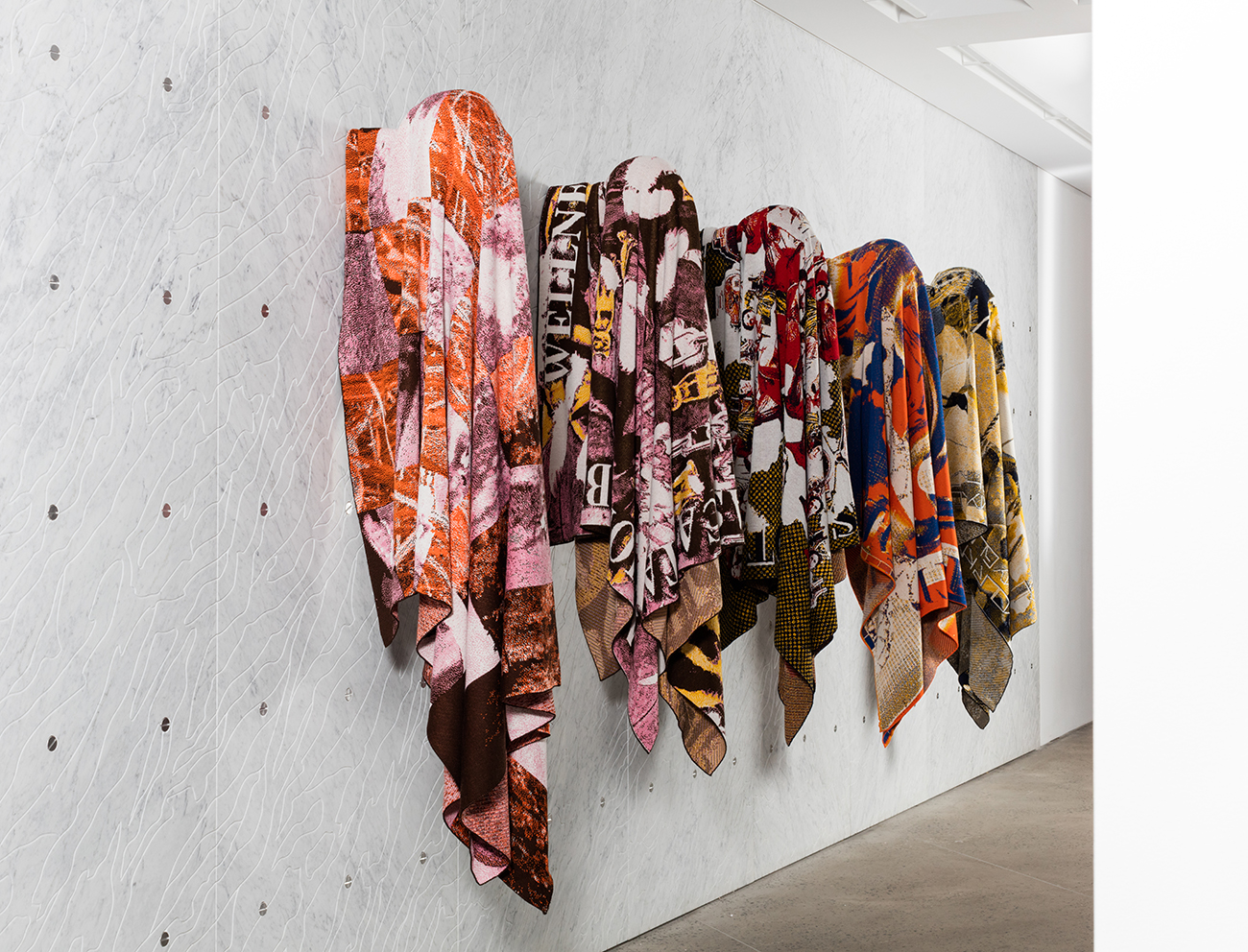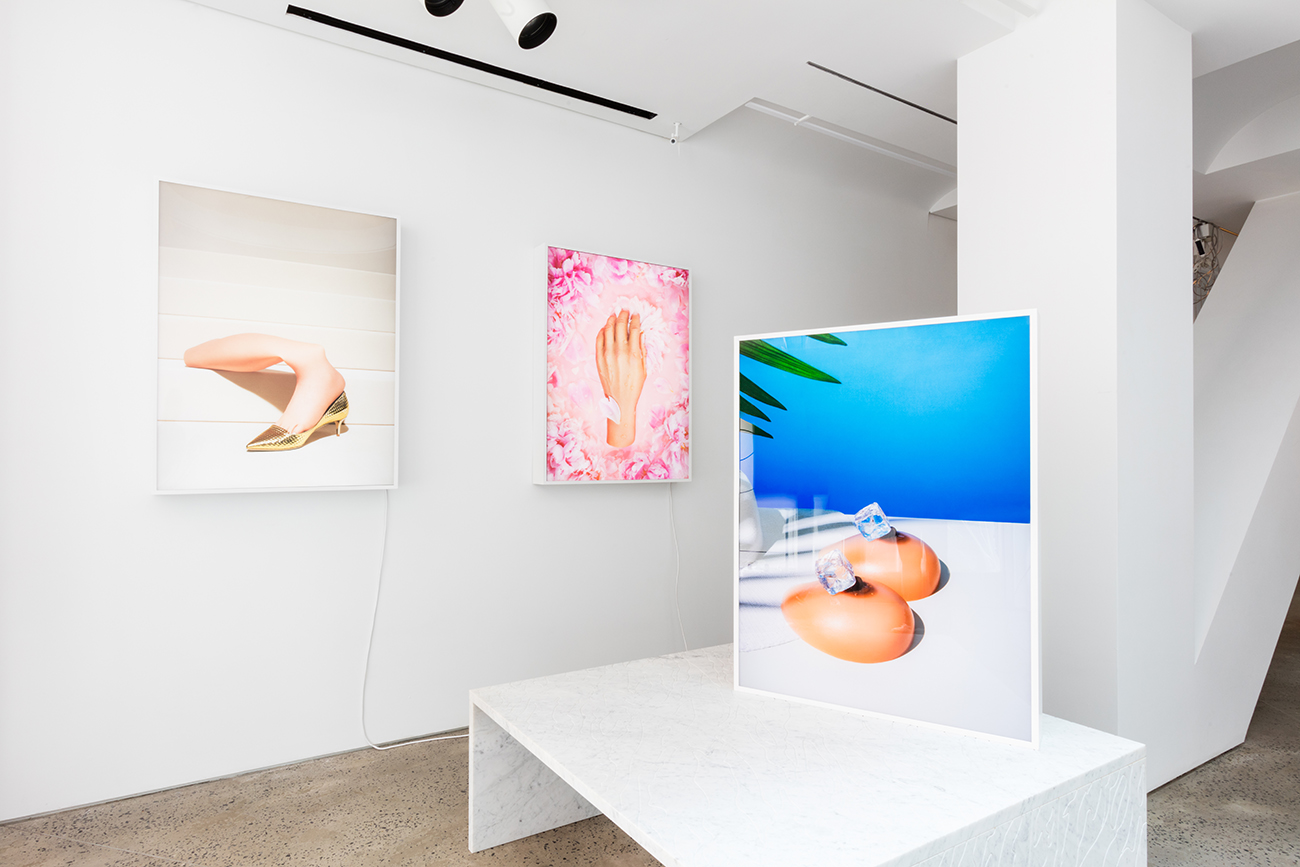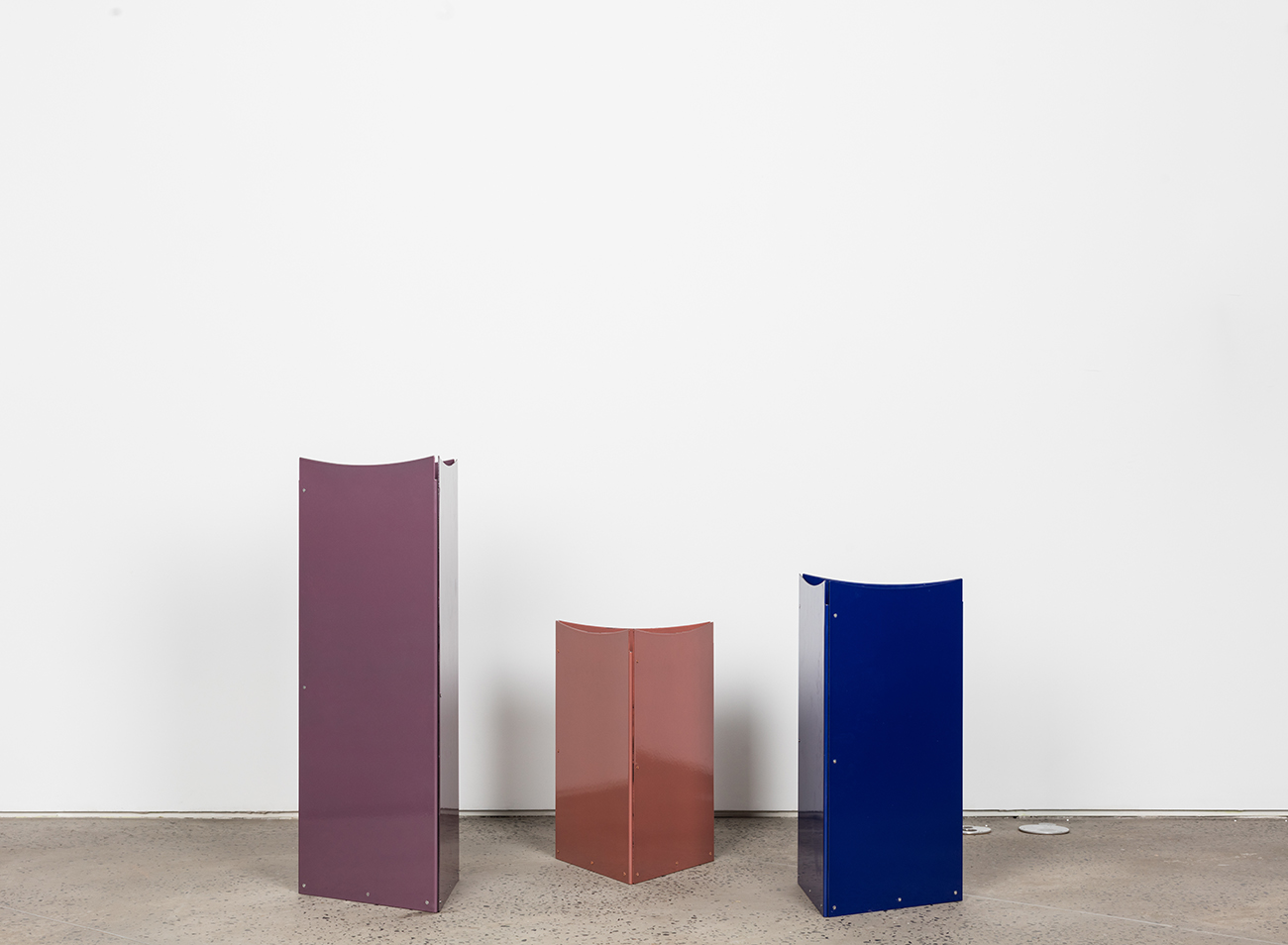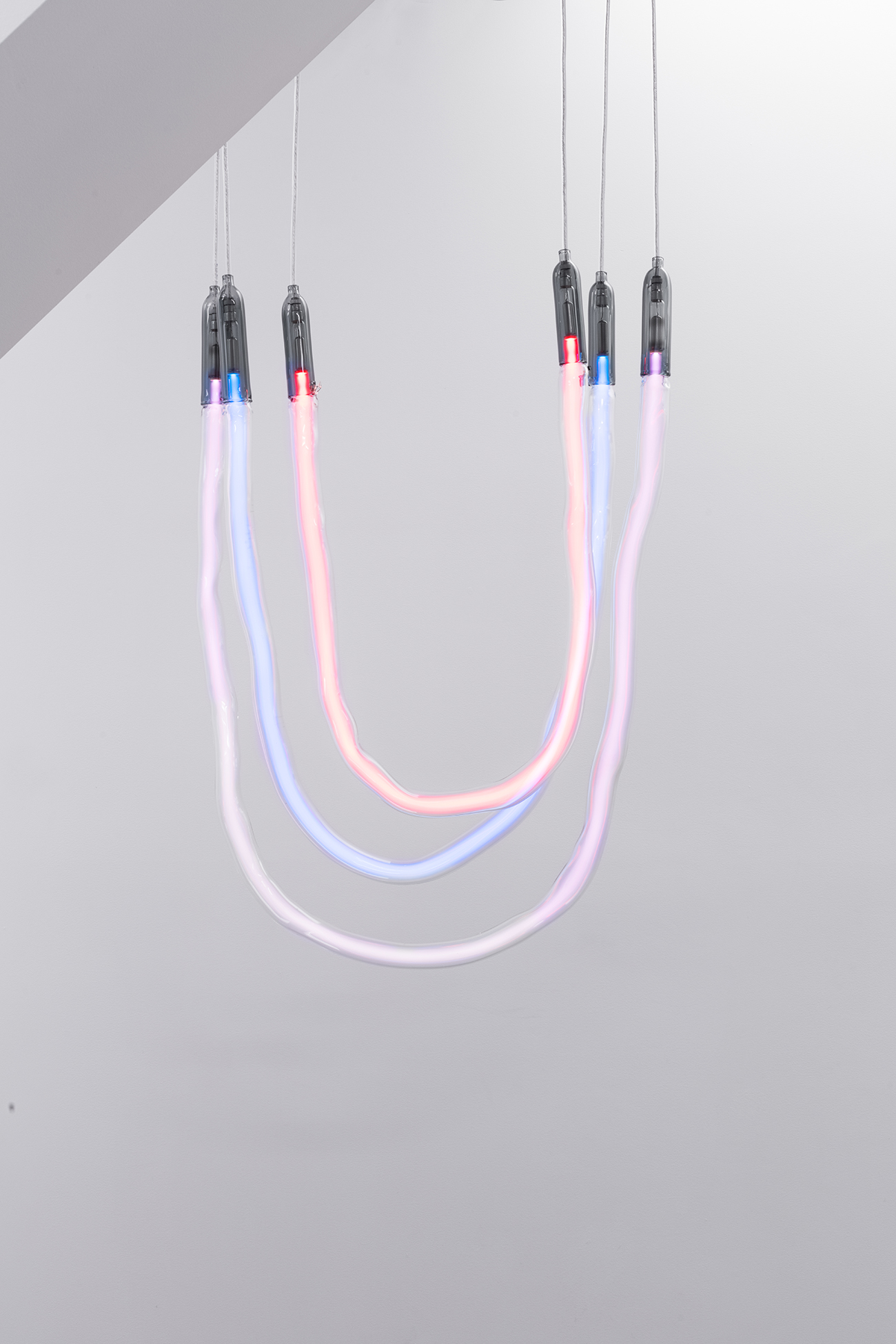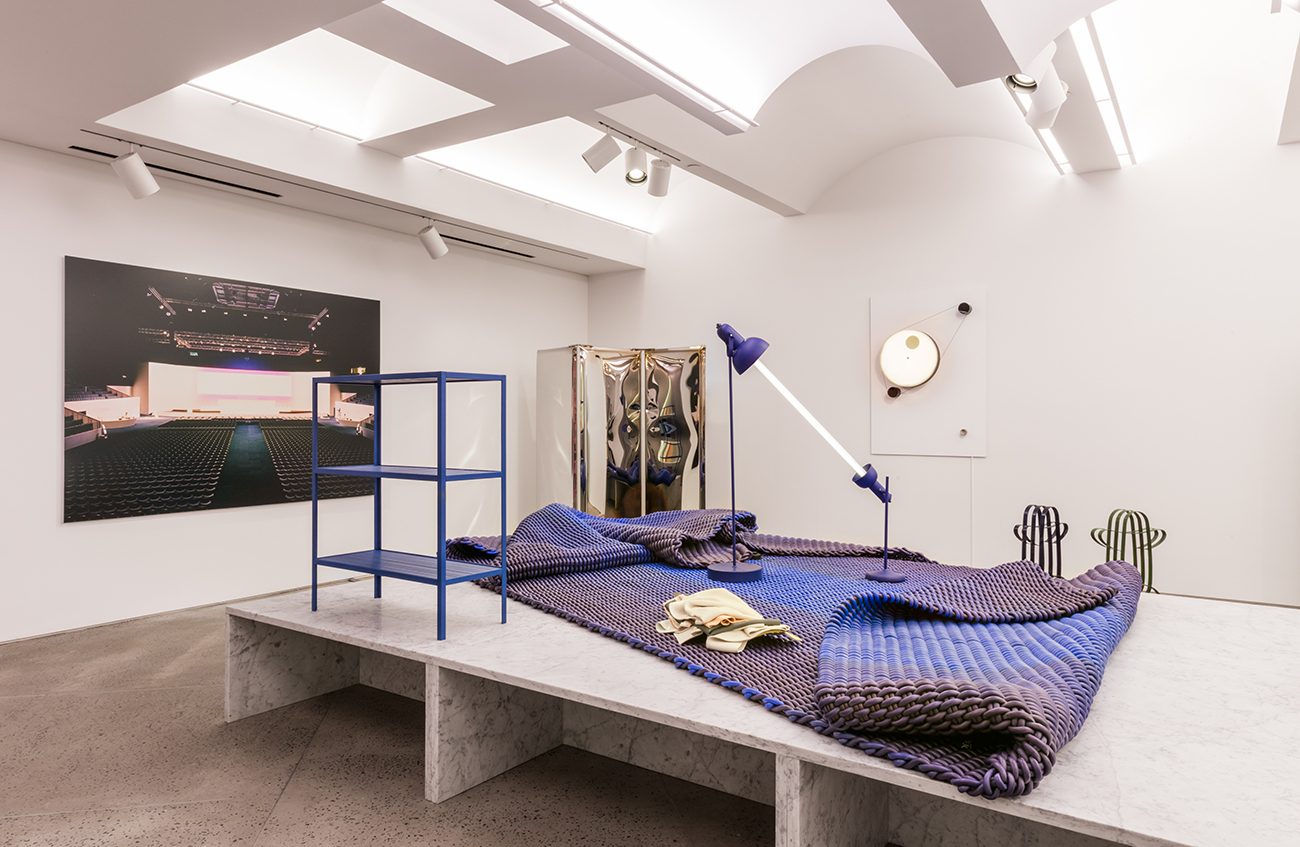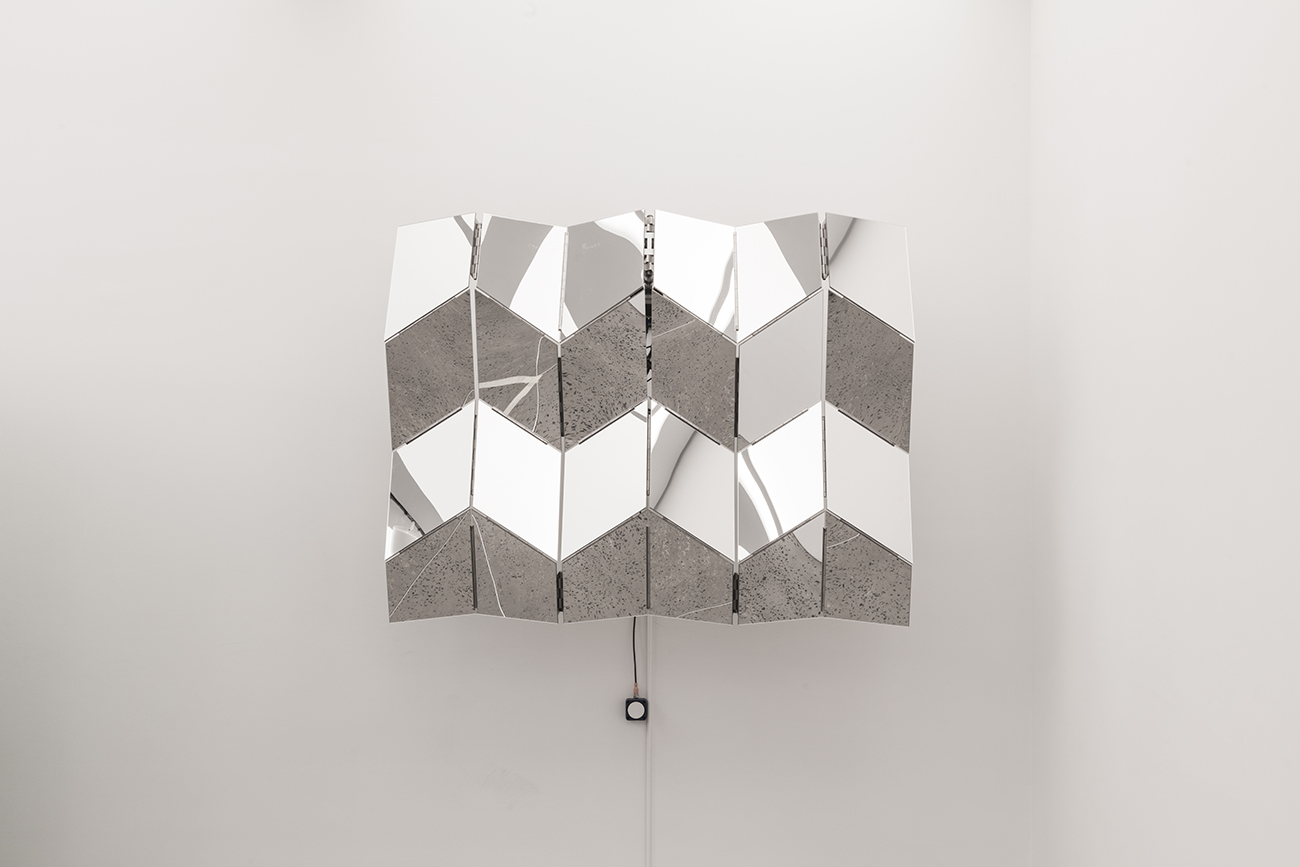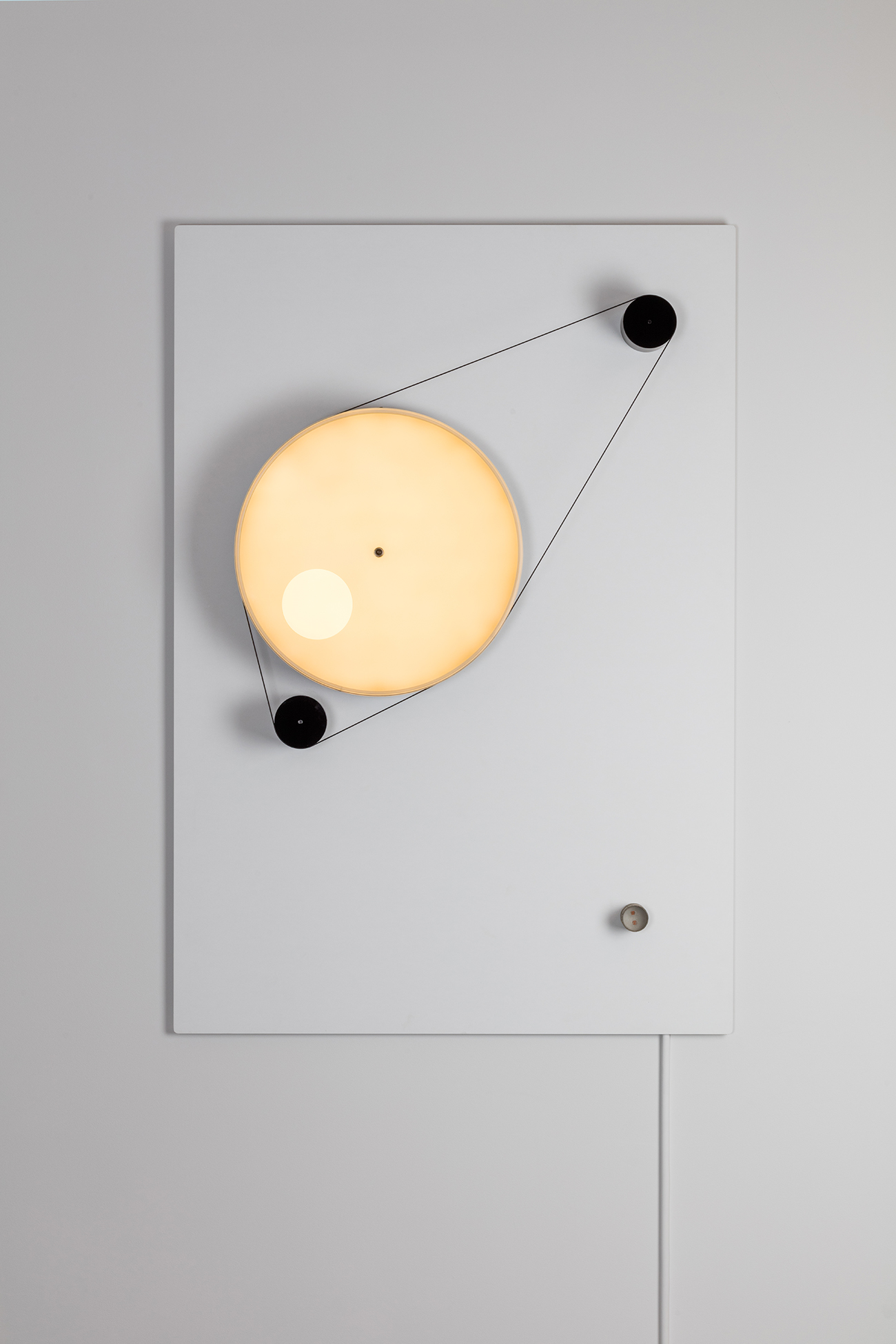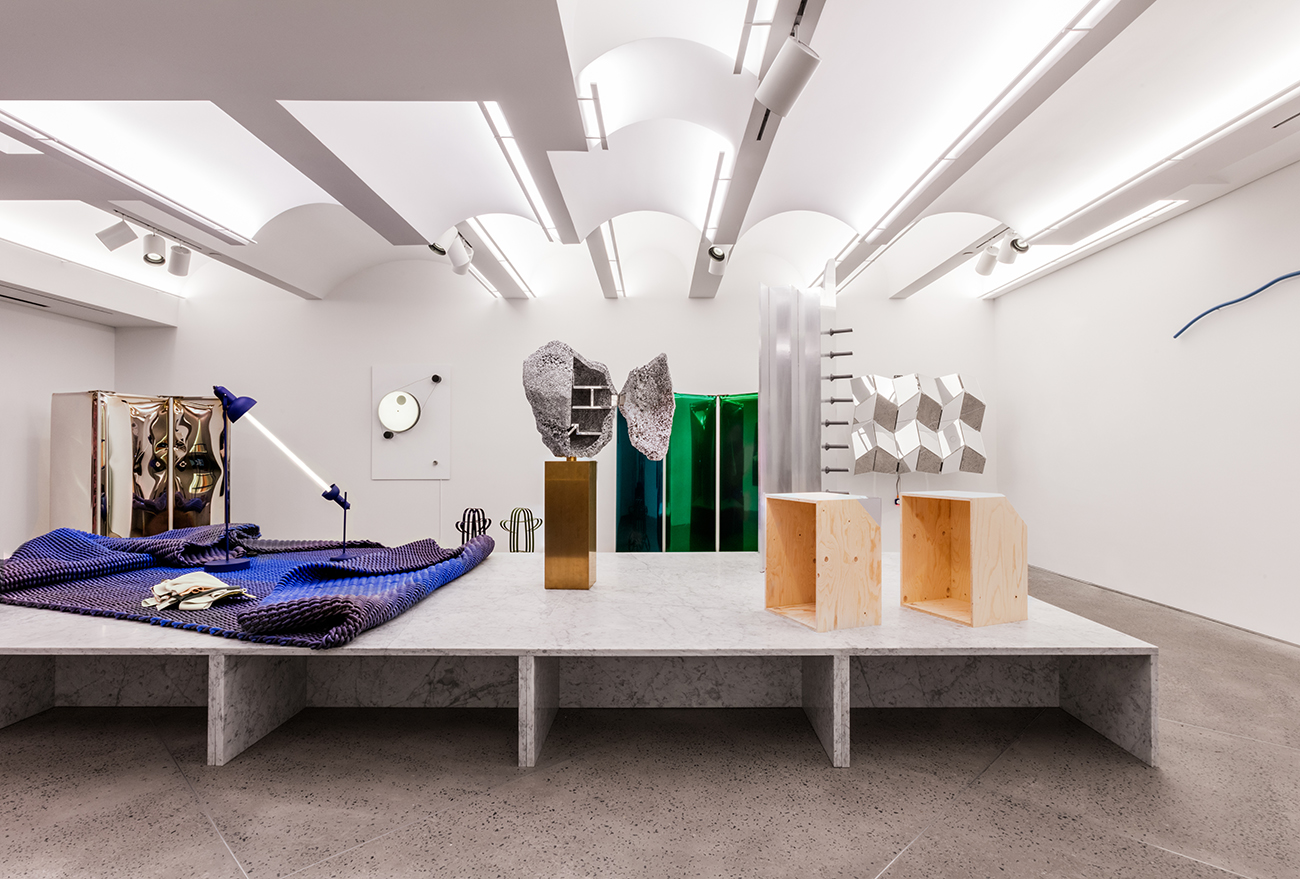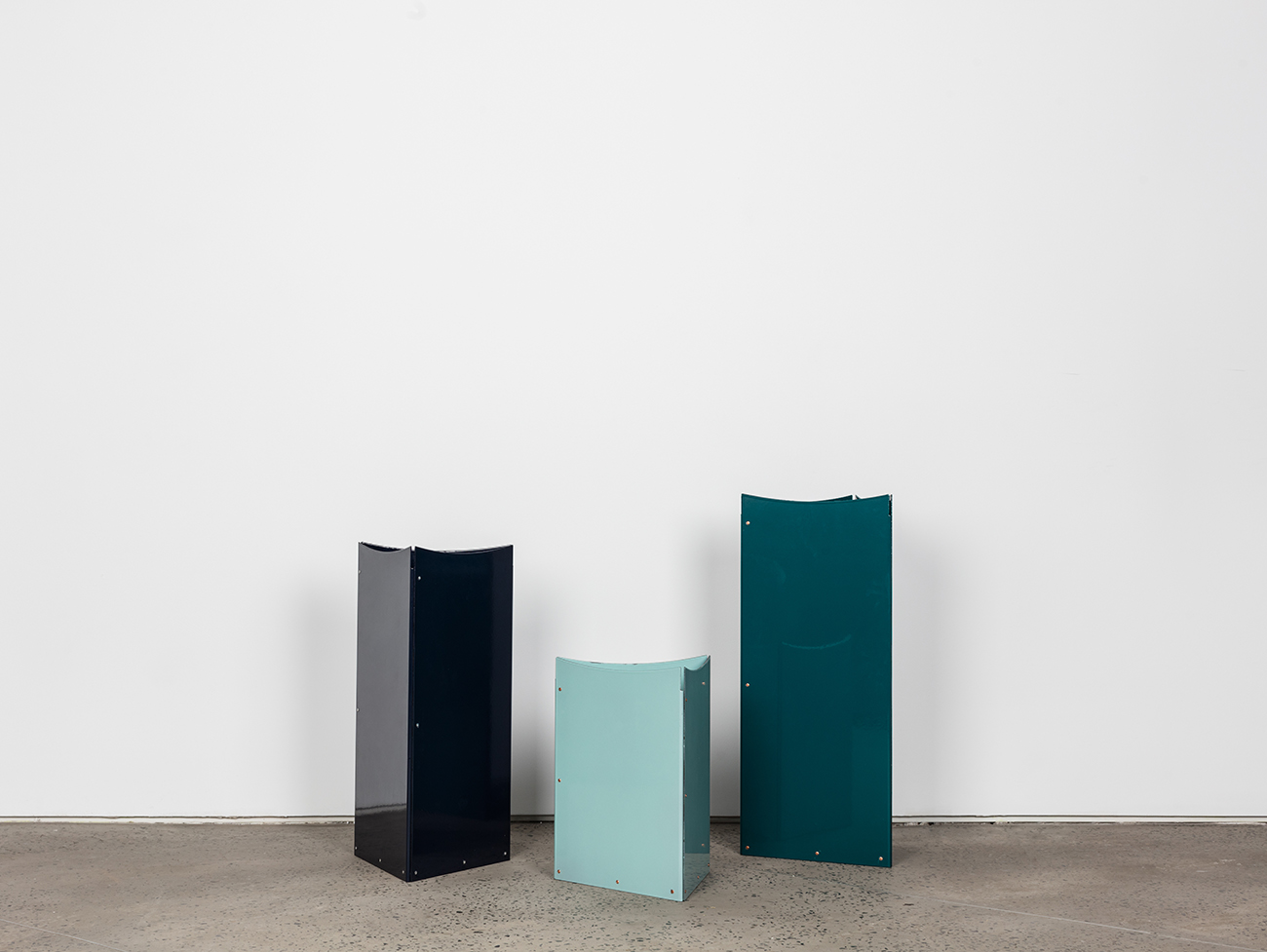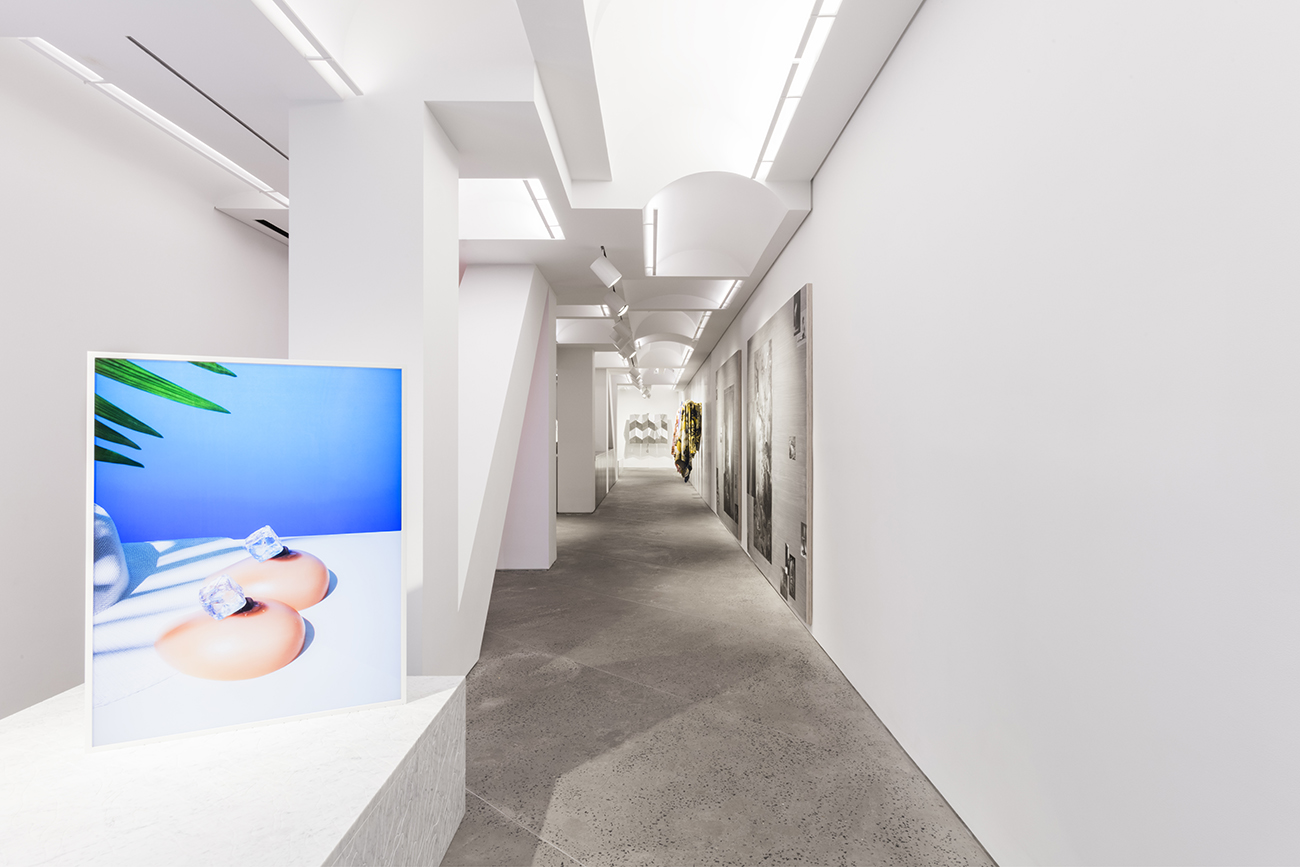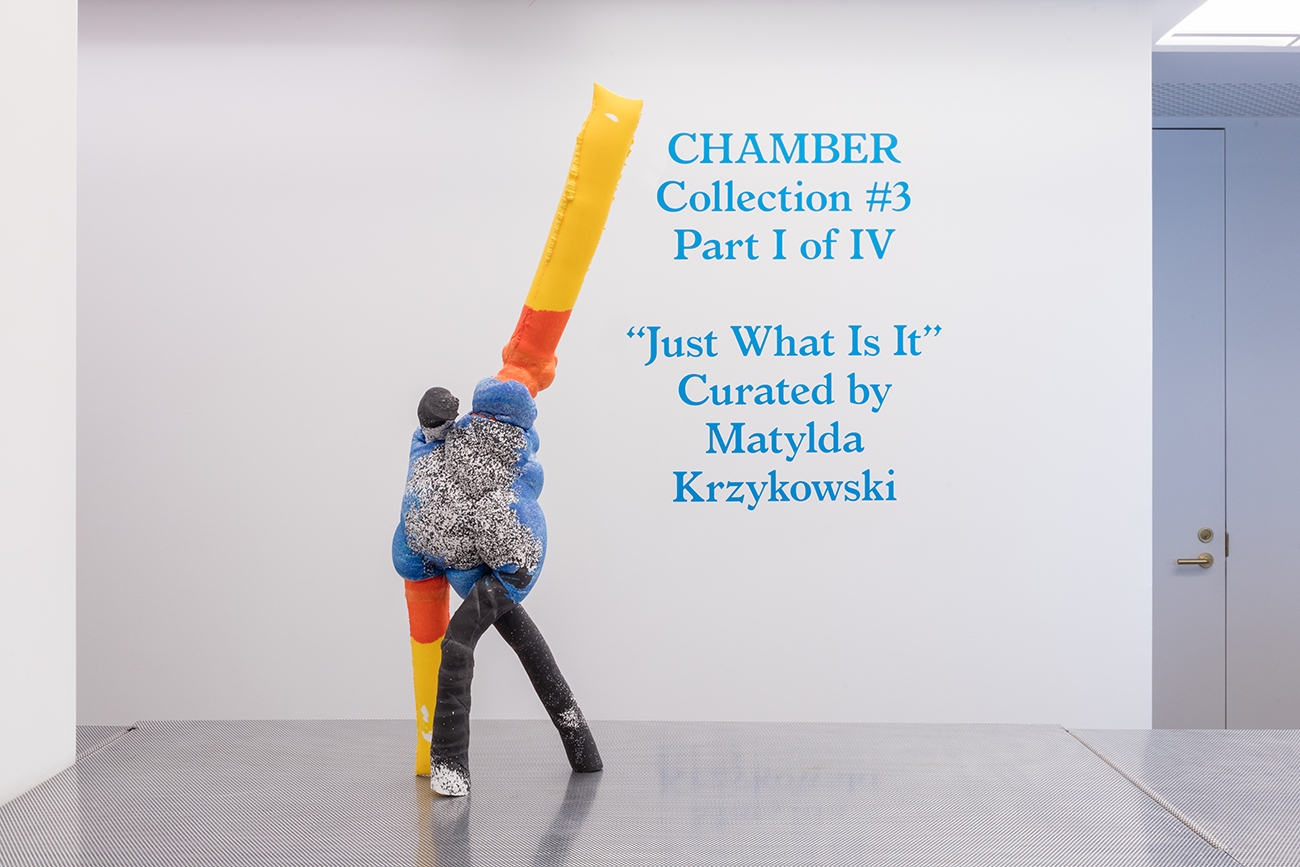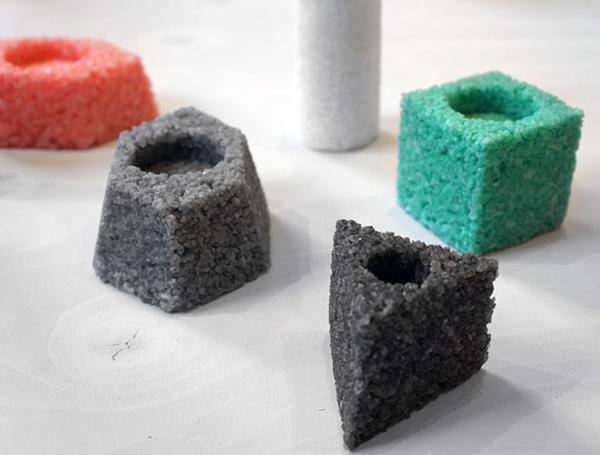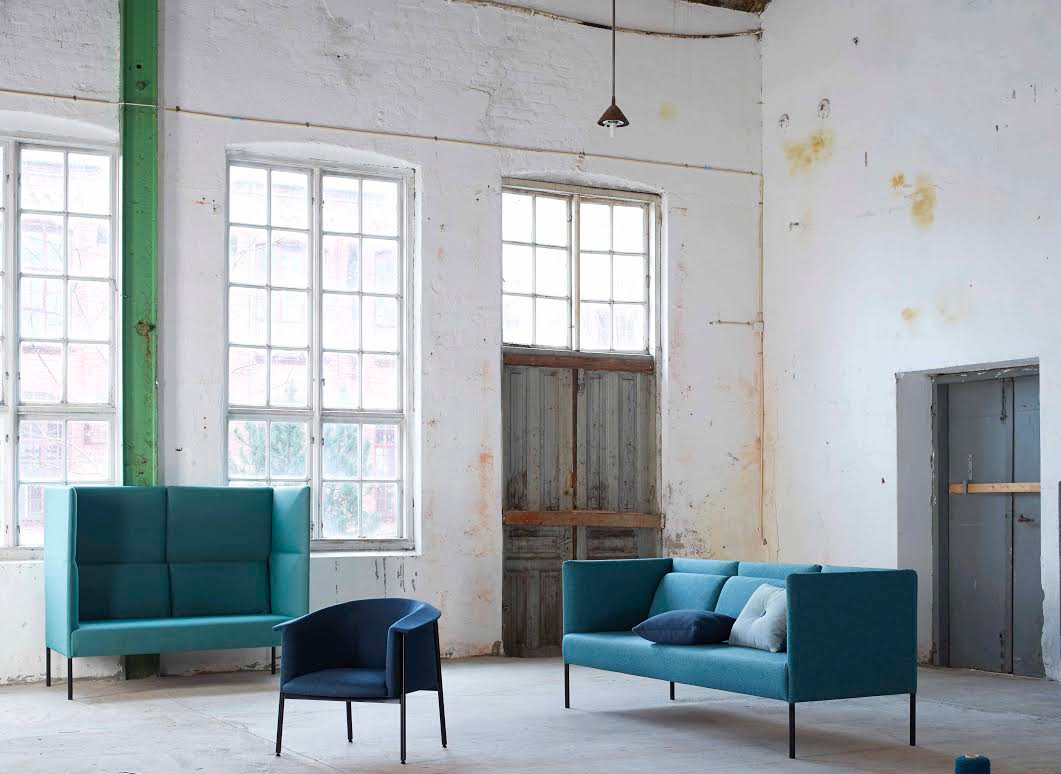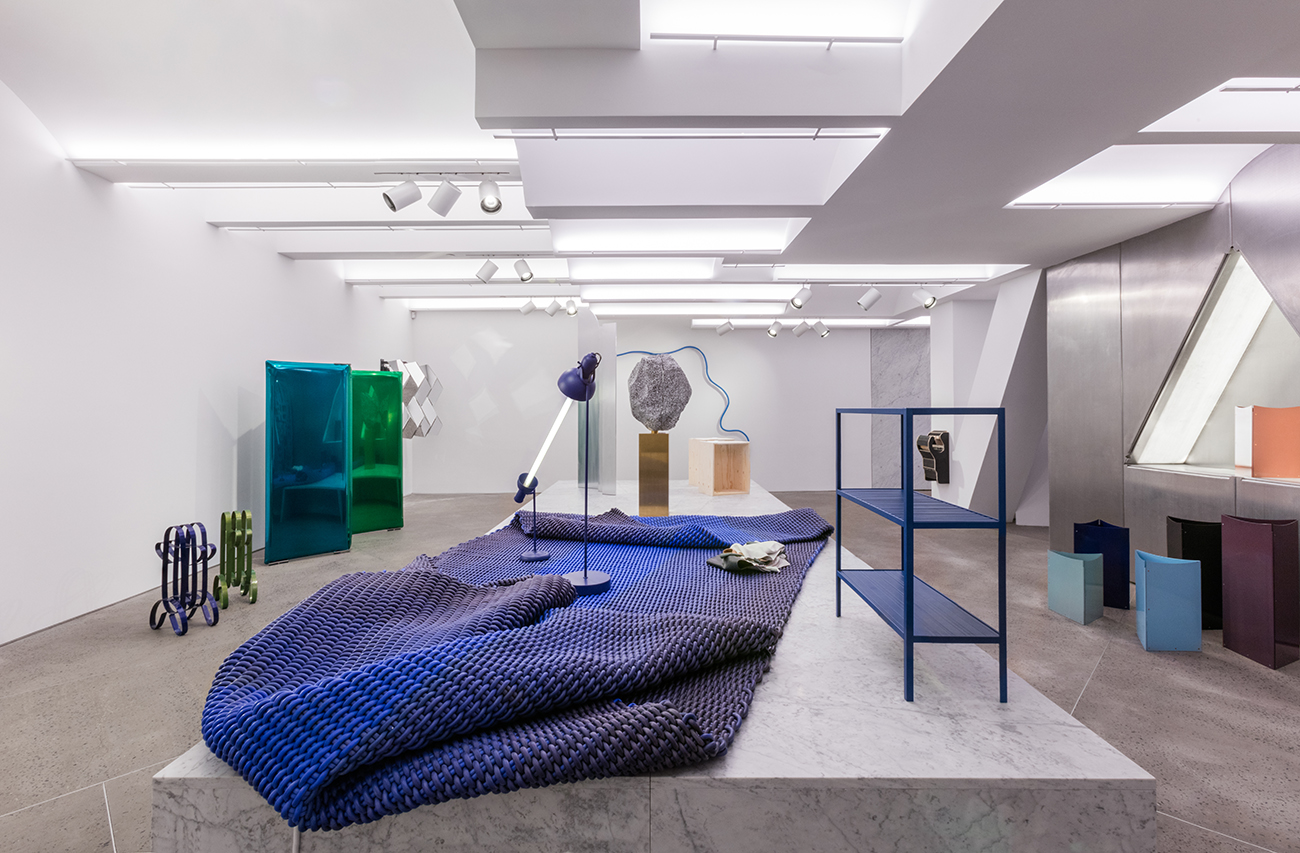
11.14.16
Q+A
A New Exhibition Celebrates the Ambiguity of Objects
PHOTOS BY LAUREN COLEMAN
Thirty-nine works — about half newly created for the show by a collection of designers and artists — currently populate New York’s Chamber gallery thanks to the curatorial wizardry of designer Matylda Krzykowski, who co-founded the contemporary-design space Depot Basel in Switzerland in 2011. The first of four shows curated by Krzykowski that will occupy the space, where openings are scheduled through May of next year, relies on an international roster of talent. The contributions of American Nick Van Woert, Swiss designers Robert and Trix Haussmann, Polish talent Oskar Zieta, and Vienna-based design studio mischer’traxler, among others, each pay homage to Richard Hamilton’s 1956 collage, “Just what is it that makes today’s homes so different, so appealing?” — the inspiration behind the show and its moniker (“Just What Is It”). Here, the 34-year-old multi-hyphenate talks about why she came on board, what she hopes to accomplish, and why design need not be pragmatic.
How did Juan Garcia Mosqueda, Chamber’s owner, persuade you to take on this project?
Persuaded is a good word. He sent me an email introducing me to the gallery and to the idea that he, as the owner, wanted to give away its curation, inviting people externally to bring content into the gallery. I found this very interesting and intriguing, because usually a gallerist goes by his own gusto. Stepping back and giving others this opportunity is quite exceptional.
Chamber has worked with two previous curators — designer and collector Job Smeets of Studio Job and the photographer and filmmaker Andrew Zuckerman. How does your effort stand apart from their work and are there any linkages?
I’m always in favor of not comparing, because you can evaluate each individual show by its own quality. I’ve changed the general idea of the collection. Job only had one big show, and the next one under Zuckerman had two bigger shows. And there were capsules. But for me coming from outside and getting to know the gallery for the first time, the capsules became too abstract and too much concept within an already very generous concept. And I thought the previous exhibitions were very dense, there were a lot of objects in the space. I think work has to function on its own, and you need a specific space to allow it to breathe. So I suggested to Chamber instead of two shows and two external capsules where something experimental happens, why not just do four shows?
Why did you abbreviate the title of the 1956 Hamilton work — Just what is it that makes today’s homes so different, so appealing — in naming your exhibition?
I wanted to gently refer to it and give it historical context, because the position of the designer 60 years ago and today has changed drastically. But Just What Is It refers to the fact that a chair isn’t necessarily a chair as we know it. Furniture or objects have undergone an evolution, and designers desire to make more sculptural work that is not so extremely defined and domesticated.
How did you arrive on the Hamilton work as the show’s inspiration?
I’ve always been intrigued by Hamilton. His collage is a sociological report. It says so much about society and what we wanted to possess 60 years ago. Back then, when you looked at the collage, you wouldn’t have known who designed what. It was mainly engineers designing the things, from the industrial Hoover to the canned ham to the poster on the wall. Somehow the connection between maker and product is much closer now than 60 years ago.
How has the Hamilton collage informed the show through specific works?
We have Dyson Airblades in the show — not a hi-tech version of the hand dryers but a lo-tech one [titled “James Ensor Dyson IV”] by the artist Pieterjan Ginckels. When you know from history that Dyson himself relied on so many prototypes and models to arrive at the Dyson that made him so wealthy and established, bringing the reversal, the manifestation of the prototype, into the show may be something that you can compare with the Hoover featured in Hamilton’s work.
You also have a lot of patterns and fabrics in the Hamilton version, and we have Design Displacement Group’s blankets, above, [titled “The Death of Graphic Design, an Opera: Revenge; Resurrection; Love; Ambition; Jealousy], which, on one hand, question where graphic design should go.
Then, in the beginning of the exhibition, when you enter, we have Mirka Laura Severa’s three big advertisement lightboxes [titled “Still Life #1, #2, and #3”]. Advertising blossomed in the 1960s, think about Mad Men.
Also, I had a couple lunches with Martino Gamper, and I asked him if he could think about an appropriation of the trashbin. They are typically made of plastic or metal and aren’t very colorful or elegant. I expected him to make something much more experimental or extreme, but in the end he delivered something that is very generic but still quite beautiful. So in the show there are a couple of very exaggerated and elegant and sculptural things, but then there are things that are very applicable to any living environment.
Because this is a selling show in a commercial space, did you ponder, or even prioritize, the works’ marketability or commerciality?
I think it’s really about context. If you work in a museum you have a different expectation, as much as when you work in a gallery or experimental project space. With Depot Basel, we work between the cultural and the commercial fields, because design is something that goes in both directions. So it wasn’t difficult for me to think of the needs of a gallery.
How important is functionality to the works — for example, it appears to be rendered obsolete in Stéphanie Baechler’s 2015 sculpture, “Pli permanent”?
I’m really surprised that people still think design has to have a function — that the pure manifestation of obvious content and development is not enough. And even beauty. Baechler comes from a fashion background as a designer and artist, and in her piece, there’s a beautiful shift of materiality: in the first moment, you’re not sure if it’s fabric, but it’s actually porcelain. She stands for a generation of designers who are ambivalent about being a commercial or an artistic designer. Hamilton himself was the most ambivalent person. We all have two sides — one that works to have the freedom to develop and nourish the discipline of design and the other that has to generate a living.
Some of the works appear to fall more under the category of art than design, such as Niek Hendrix’s depictions in oil and pencil on plywood? How do you distinguish between the two realms in this exhibition—are we looking at design or art, both, or are the categories irrelevant?
I see them as work, as contemporary work. I’m not approaching people from a standpoint of “Can you produce something in the context of design?” but more “I’m doing a show, would you like to contribute?” Chamber doesn’t differentiate at all between the two realms — that’s what I really like about the gallery. We wanted to show work from the shows at Design Miami, but we aren’t allowed to show paintings, for example, because they are classified as art. Can a designer not make a painting?
How did you choose the designers and artists?
Running Depot Basel for five-and-a-half years brings a literal depot of contemporary creators with it, so I basically sourced from people we’ve worked with in the past. Also, though I don’t feed it anymore, I used to publish the blog MATANDME. I encountered a lot of artists and designers and made a lot of studio visits through that effort. If you have a vivid overview of what is happening in the contemporary world, it becomes natural to make exhibitions.
What sort of brief did you charge them with?
I didn’t send an email with generic text. It was really conversations. I spent a lot of time calling them or visiting them in the studios, looking at their work, exchanging a viewpoint or perspective or idea, trying to influence them. Then you get little packages of material proofs, and it grows. At Chamber it’s nice that there are responsible people for a lot of different tasks. I don’t have to worry about everything.
Can you talk a bit about the collage that Builders Club created for Part I?
Because an exhibition is a temporary condition, I thought it would be interesting to have four collages at the end of the four shows. That way remembering them isn’t just based on exhibition shots but on one image. It’s something people can keep and maybe refer to in a few years. We ended up printing about 1,000 posters for visitors to take. On one side is a list of the designers and artists along with the curatorial text, so it’s also generating information about the show.
What will the next iterations encompass? Who will be featured? What will the organizing principles be? What will they be called?
The second one will be called This is Today, where the idea is to really talk about the current materials, current forms, current approaches and current attitudes of the designers and their work. We really want to have a program and bring content. We will also have a booklet or catalogue at the end of each show. And there will be a mix of different content, creatives, and media — from photography to painting to sculpture to furniture to kinetic objects. It will be really diverse.
I don’t want to say more about the other shows, because it’s really a process. A lot of pieces are still being commissioned. I thought of calling one of the shows Domestic Wildcats, but I might withdraw from that idea. I talked with the designers about making islands within the exhibition space to show a set of objects assembled altogether—so you’d view a body of work of a single designer and not just a single object.
And collage will unify all four shows?
Yes. It’s a method of how you appropriate exhibitions, how we want to manifest all the four shows in the future, and it’s a beautiful metaphor to work with.
